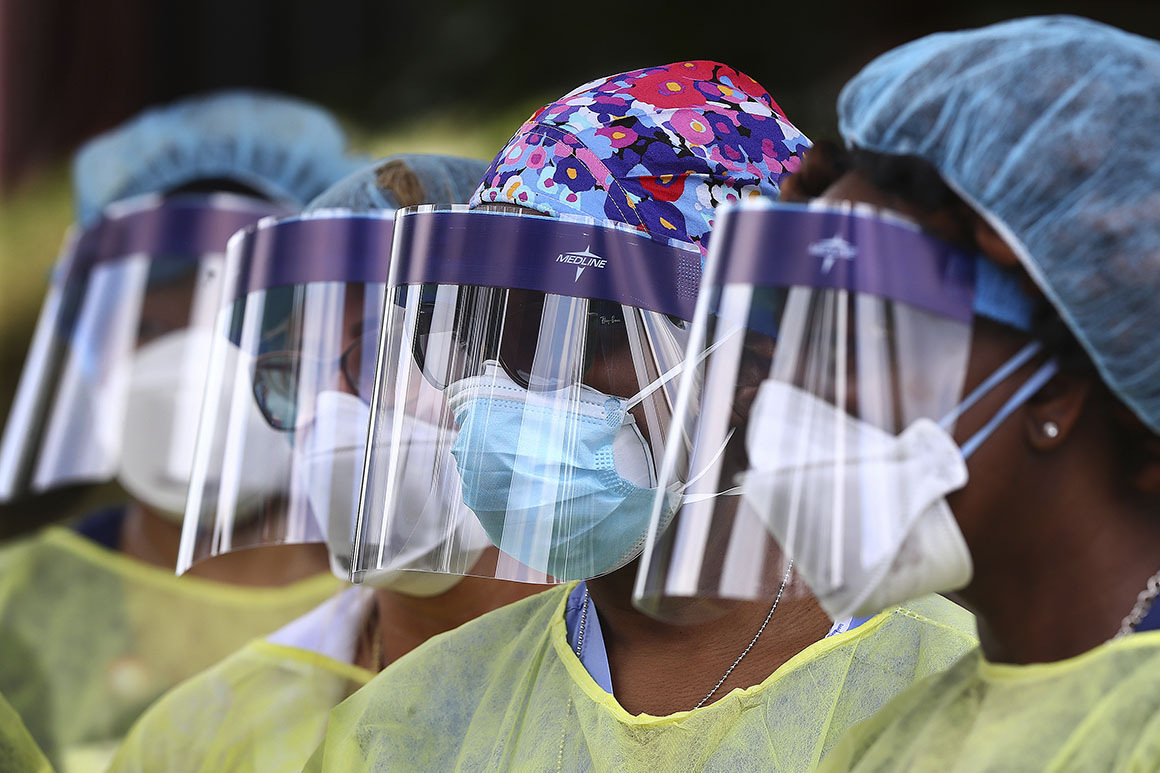
“We know that being uninsured and crowded living conditions are associated with increases in Covid-19 diagnoses among black Americans,” said Millett, an epidemiologist.
Early in the pandemic the number of cases in disproportionately black counties was fairly low. March 19 represented a demarcation line, Millett said: From that point on, “we see the shift to greater diagnoses in disproportionately black counties.”
Ninety-one percent of the 677 disproportionately black counties — those with black populations of 13 percent or more — were located in the South. The study evaluated cases and deaths across 3,142 counties from January 22 to April 13.
The disproportionate toll on African Americans „calls for interventions like considering emergency enrollment for the Affordable Care Act,” said Dr. Patrick Sullivan, professor of epidemiology at Emory University. “And in the longer term Medicaid expansion in the South.”
In late March, President Donald Trump rejected proposals for a special ACA enrollment period during the pandemic. Late last month, Trump tasked Housing and Urban Development Secretary Ben Carson with repurposing the existing White House Opportunity and Revitalization Council to help minority communities disproportionately affected by the virus. Carson and the council have yet to outline a timeline for such a plan.
As of April 12, there were 283,750 positive coronavirus cases in disproportionately black counties and 12,748 deaths, according to the study. By comparison, all other counties had 263,640 diagnoses and 8,886 deaths.
Democratic members of Congress, including members of the Congressional Black Caucus, are pushing for more funding for testing as well as directing tests to African American and other minority populations hit hardest by the virus.
The scientists involved in the study warned that African-American and minority communities are likely not being tested at the rates of white communities, so the number of cases and deaths may well be underestimated.
Dr. Chris Beyrer, professor of epidemiology at Johns Hopkins, added that “occupational exposure” is expected to present higher risks for African Americans and Latinos as states move ahead with reopening. Only 16 percent of Latinos and 20 percent of African Americans are able to work from home, compared to 30 percent of white Americans, according to an analysis of Labor Department statistics by the Economic Policy Institute.
The demographic data used in the study came from 2018 census data and county breakdowns on chronic diseases came from CDC resources. The group of scientists said it intends to release a similar report on the national Latino population and coronavirus cases and deaths.
Source: politico.com
See more here: news365.stream






